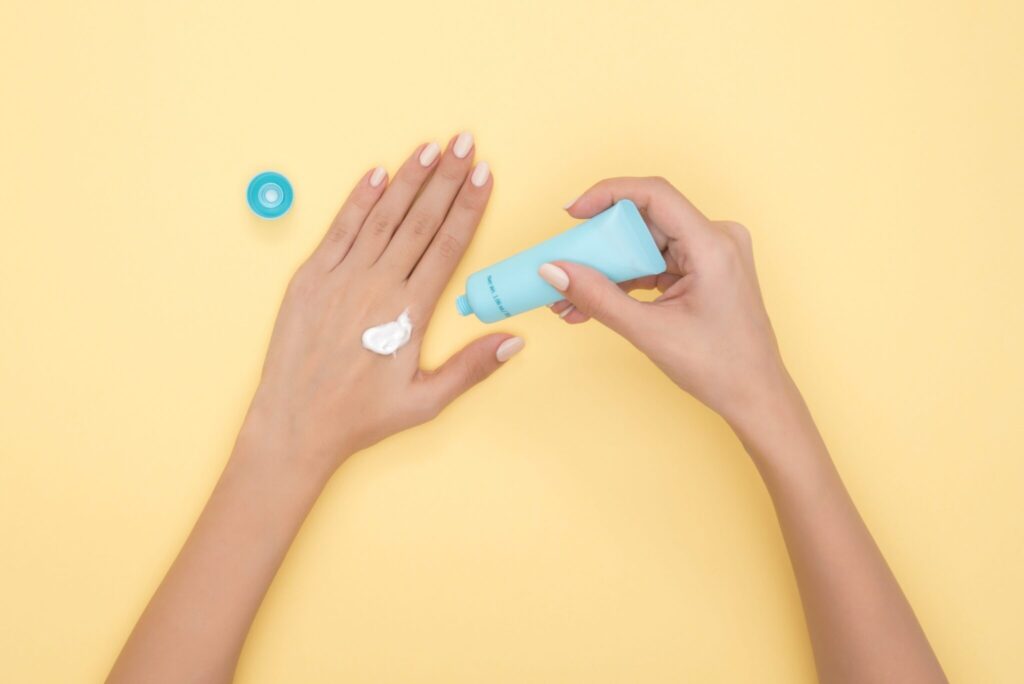Spider veins affect millions of men and women of all ages, and left untreated, they can become an uncomfortable and unsightly issue. While there are a variety of modern treatment options that require only slightly invasive procedures, there are also a number of all-natural, inexpensive alternatives that can greatly diminish the appearance of spider veins while also improving the overall health and elasticity of veins.
Use Effective Supplements
There are a number of effective and safe natural supplements that can reduce the appearance and symptoms of spider veins, as well as help prevent them from forming in the future. Plants such as horse chestnut, butcher’s broom, bilberry, arnica, and marigold all work to promote better blood circulation, collagen production, and vein elasticity, which can diminish the appearance of spider veins and repair the damage caused to veins and blood vessels. Many of these natural supplements can be found in capsule form, though some, such as bilberry and marigold, can also be steeped as an herbal tea. Other, more traditional supplements such as vitamin C and vitamin E can be taken alongside herbal supplements to boost their effectiveness.
Put Your Feet Up
Poor circulation is one of the leading causes of spider veins, especially for people with sedentary lifestyles, desk jobs, or blood pressure complications. One of the easiest ways to prevent spider veins from forming is to keep your feet elevated whenever possible, such as by using a small cushion under your desk or in front of your couch. If you spend hours a day behind a desk, make sure to take periodic breaks, ideally every 20 or 30 minutes, to do some basic stretches and leg raises in order to improve blood flow and prevent blood from pooling.
Eat Anti-Inflammatory Foods
Anti-inflammatory foods decrease swelling and pressure on the veins, which not only treats the appearance of spider veins, but also relieves the pain, discomfort, and feelings of heaviness often associated with them. High fiber foods such as flax, whole grains, and fruits are a perfect choice, as are foods rich in omega-3 fatty acids, such as tuna, salmon, and walnuts. As an added bonus, most anti-inflammatory foods are also high in antioxidants, which can prevent free radicals from damaging or deteriorating vein walls.
Wear Compression Socks
Compression socks are a simple and inexpensive way to help treat spider veins, as legs are one of the most common places to experience circulatory issues and visible veins. Knee-high compression socks apply a light, consistent pressure that helps to boost blood flow and relieve minor aches and pains, and they are especially effective when combined with other natural treatment methods.
Ditch High Heels and Tight Clothes
While the mild pressure created by compression socks can improve circulation, clothing that is too tight or restrictive can have the opposite effect. High heels are especially harmful, since they interrupt the normal flow of blood through the leg muscles by changing natural walking motions, which can result in inefficient circulation and pooling blood in the leg veins. If possible, save high heels for special occasions, or keep the heel height short. Similarly, very tight clothing can restrict blood flow to the extremities, which can cause issues with circulation and even blood pressure, leading to spider veins, varicose veins, and potentially blood clots.
Break a Sweat
Light, low-impact exercise is a great way to improve circulation, regulate blood pressure, and maintain the elasticity of your capillaries and veins. There’s no need to work out like a bodybuilder; simple aerobic exercises and gentle cardio, such as hiking, biking, or swimming, are more than enough to get your blood flowing and prevent the formation of unsightly spider veins. And of course, regular exercise also aids in maintaining a healthy weight, which is another major factor when it comes to the risk of developing spider veins.
Make a Vinegar Compress
Apple cider vinegar is often touted as the Swiss army knife of natural treatments, so it likely comes as no surprise that it can help treat spider veins, as well. The vinegar acts as a mild astringent, tightening and toning the skin around your veins and diminishing their size and color. Simply make a compress by soaking a cloth in apple cider vinegar and holding it against any visible veins for 20 to 30 minutes each day. Apple cider vinegar is also an anti-inflammatory, so don’t be afraid to use some of it in your cooking, too.
Wear Sunscreen
Sun damage reduces the amount of collagen your skin produces, which not only leads to thinner skin and signs of premature aging, but makes veins more visible, as well. Exposure to intense UV rays can make spider veins especially noticeable due to their dark coloration and inflammation, and once the damage has been done, it is very difficult to reverse. Many dermatologists recommend wearing an SPF-15 sunscreen year round, and if you spend significant time outdoors or live in a sunnier climate, it is worth using even more protection. Aside from sunscreen, you can also use hats and long clothing to protect areas where spider veins are most likely to form, such as the face and legs.
Spider veins can be painful and embarrassing, and as people age and skin loses its natural elasticity, the odds of spider veins forming increase dramatically. While there are surgical procedures and laser therapy options available to treat them, the all-natural alternatives above provide a more holistic, affordable, and non-invasive method of treating spider veins while also improving vein health and elasticity to prevent them from recurring in the future.

